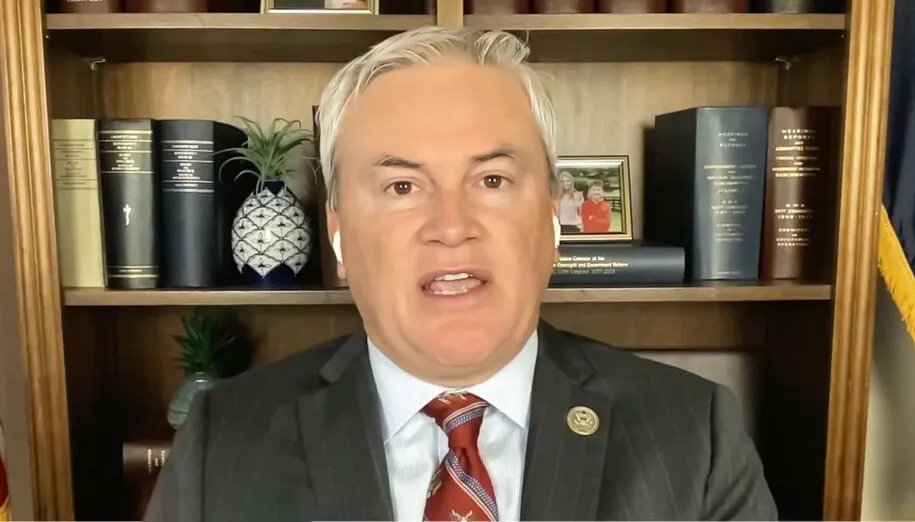I’ve been doing activism in various ways for a while now. Canvassing (“door knocking”), rallies, voter registration, marches, calling/faxing/emailing, and so on. And for most of these actions, the focus was on getting enough people there to have the event.
So, I’m a sorta-old white guy, and white privilege wasn’t really on my radar until the last couple of years. Not saying I’m as aware of it as I should be, but at least it does enter my thinking now.
That’s why this post. I’ve started looking at some of the groups I work with, or in. I’ve started looking at people showing up for things. And, I’ve started thinking about the relationship of who we’re trying to reach vs who shows up to do the reaching. I’m talking about true inclusive activism.
The ones out doing the activism
Now, I’m not saying that you always need to match race/age/class in order to do good activism. And for some things, it doesn’t matter: the phone in the senator’s office doesn’t care what color you are.
But, for some activities, inclusive activism DOES matter. If you’re going to go door-to-door in a predominately black neighborhood, getting people to vote for someone or to take a particular stand, maybe sending me by myself isn’t the best idea. It’s not that it would bother me; I’m glad to talk with anyone, anywhere – as anyone who knows me will attest.
It’s that, unless you are careful, it can come off as “more white people coming over here to help this neighborhood that can’t help itself.” And that’s really not helpful.
The ones leading and planning
The other place I worry about inclusion is in the leadership of the activism. Again, I’m not saying that the leadership mix always matters. To use my example from earlier, if you’re putting together a phone bank, perhaps all you care about is having leaders and planners who know how to put together a phone bank.
But again, if you are planning canvassing, or a social media strategy, or a big campaign with lots of moving parts, you HAVE to have people representing ALL the stakeholders at the table. And, they have to actually be INCLUDED and not just INVITED.
Is inclusive activism more work? Sure. Most of us rely on the same set of “activists-I-know” time and time again, because we’re comfortable with them. Building a leadership team across racial and class and generational lines is hard work, and we often bypass it in the urgency of the moment. We may get away with it, but ultimately it betrays us, because it is not who we are supposed to be.
We’re the progressives, remember? We believe in collaboration, and trust, and empowerment—not in power and control for control’s sake. And yet, we sometimes create leadership structures that look and act like politics-as-usual.
Also note that I said “building” and “team” earlier. Dropping one brick on the ground isn’t building. And, a team has to gel over time, or else it’s just a group. Doing inclusive activism involves more than one act, and it requires time and work.
In conclusion
Look, I’m not here to bash people. Let’s be clear – the fact that people are trying to do activism at all, when all around them are the bread-and-circuses of today’s American politics, is to be applauded. No matter their skin color or class or age, if they show up to work, then God bless ’em.
But as we plan and as we do, let’s keep our eyes open as to whether we have been as inclusive as we need to be. And let’s be sure we include ALL the stakeholders in our planning, and in our doing.
When we work as activists, let's keep our eyes open as to whether we have been as inclusive as we need to be. And let's be sure we include ALL the stakeholders in our planning, and in our doing.Click To Tweet–30–
Comments






